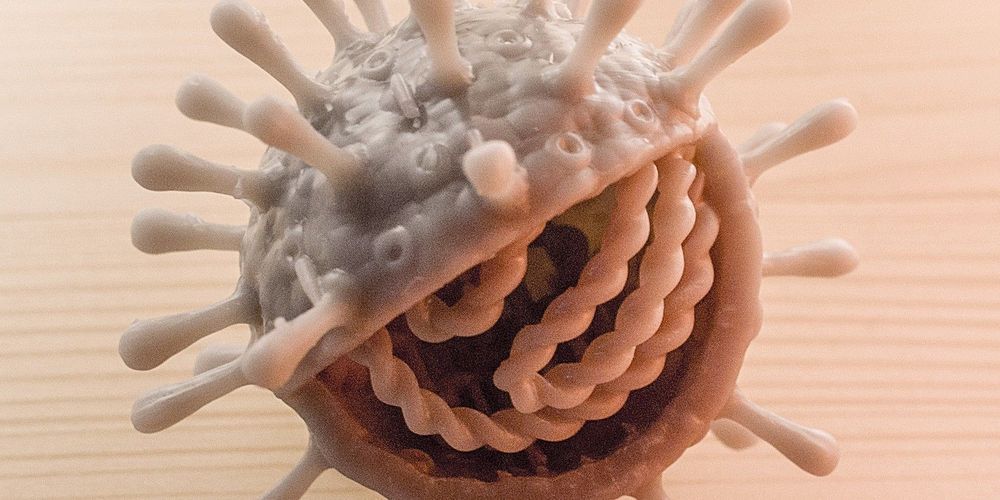Apr 1, 2020
New test can detect COVID-19 in just five minutes
Posted by Future Timeline in category: biotech/medical
In yet another demonstration of how rapidly technology can advance, biotech firm Abbott Laboratories has developed a new molecular test for the detection of novel coronavirus (COVID-19), which delivers results in just five minutes.
Abbott Laboratories, headquartered in Illinois, United States, has been granted Emergency Use Authorisation (EUA) by the Food and Drug Administration (FDA) for adapting COVID-19 tests to its ID NOW platform.
Continue reading “New test can detect COVID-19 in just five minutes” »
















